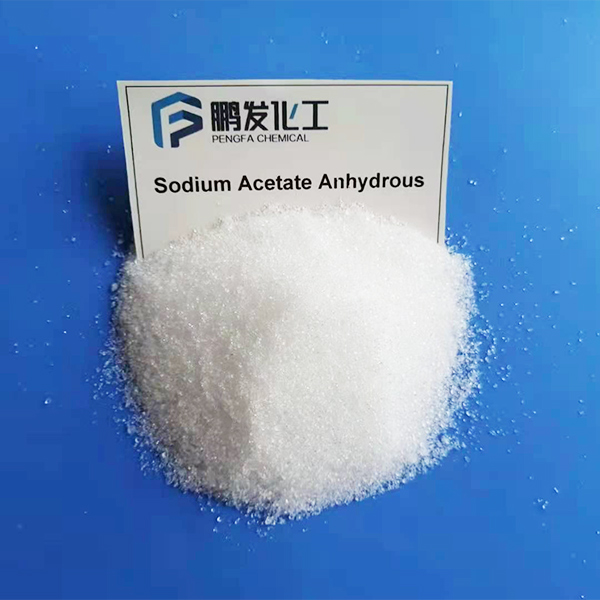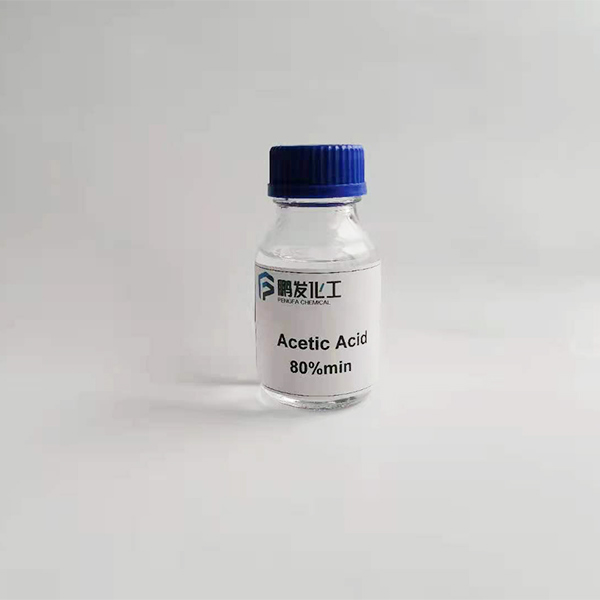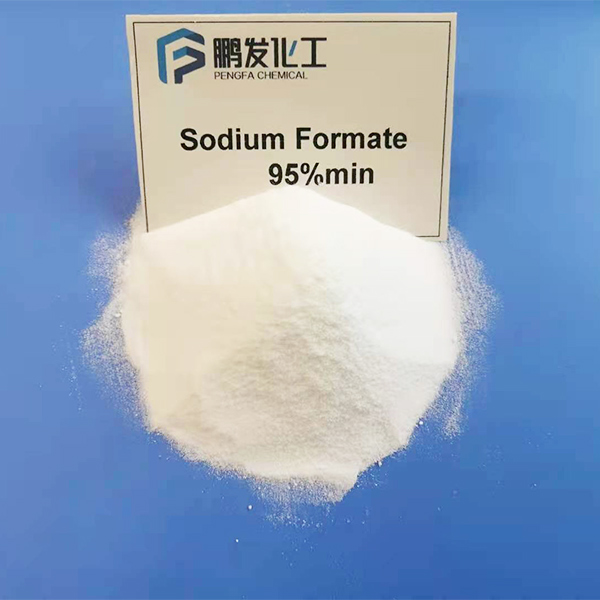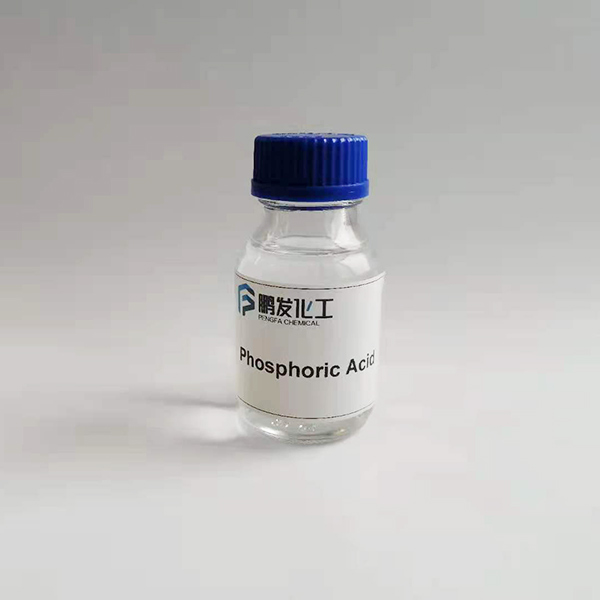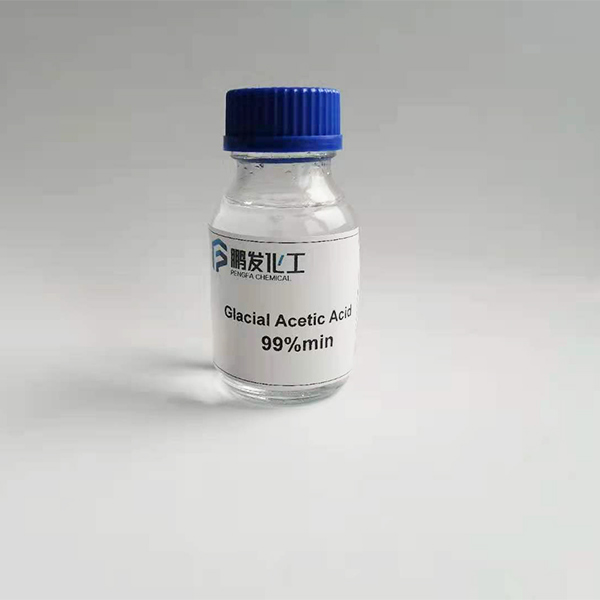Function and application of sodium acetate in wastewater treatment
Function and application of sodium acetate in wastewater treatment,
Liquid Sodium Acetate, liquid sodium acetate effects, liquid sodium acetate manufacturers, liquid sodium acetate uses, Sodium acetate manufacturers,
1. Main indicators:
Content: ≥20%, ≥25%, ≥30%
Appearance: clear and transparent liquid, no irritating odor.
Water insoluble matter: ≤0.006%
2. Main purpose:
To treat urban sewage, study the influence of sludge age (SRT) and external carbon source (sodium acetate solution) on the system’s denitrification and phosphorus removal. Sodium acetate is used as a supplementary carbon source to domesticate the denitrification sludge, and then use a buffer solution to control the increase in pH during the denitrification process within the range of 0.5. Denitrifying bacteria can adsorb CH3COONa excessively, so when using CH3COONa as an external carbon source for denitrification, the effluent COD value can also be maintained at a low level. At present, the sewage treatment in all cities and counties needs to add sodium acetate as a carbon source to meet the first-level emission standards.
|
ITEM |
SPECIFICATION |
||
|
Appearance |
Colorless transparent liquid |
||
|
CONTENT(%) |
≥20% |
≥25% |
≥30% |
|
COD(mg/L) |
15-18w |
21-23W |
24-28W |
|
pH |
7~9 |
7~9 |
7~9 |
|
Heavy metal(%,Pb) |
≤0.0005 |
≤0.0005 |
≤0.0005 |
|
Conclusion |
Qualified |
Qualified |
Qualified |

 Sodium sulfate products are divided into solid and liquid two kinds, solid sodium acetate C2H3NaO2 content ≥58-60%, appearance: colorless or white transparent crystal. Liquid sodium acetate content: content ≥20%, 25%, 30%. Appearance: Clear and transparent liquid. Sensory: no irritating odor, water insoluble matter: 0.006% or less.
Sodium sulfate products are divided into solid and liquid two kinds, solid sodium acetate C2H3NaO2 content ≥58-60%, appearance: colorless or white transparent crystal. Liquid sodium acetate content: content ≥20%, 25%, 30%. Appearance: Clear and transparent liquid. Sensory: no irritating odor, water insoluble matter: 0.006% or less.
Application: Sodium acetate is used as a supplementary carbon source in sewage treatment plants to acclimate denitrification sludge, which can obtain a higher specific denitrification rate. At present, all municipal sewage or industrial wastewater treatment to meet the discharge level A standard requires the addition of sodium acetate as a carbon source.
1. It mainly plays the role of regulating the PH value of sewage. It can hydrolyze in water to form OH- negative ions, which can neutralize acidic ions in water, such as H+, NH4+ and so on. The hydrolysis equation is: CH3COO-+H2O= reversible =CH3COOH+OH-.
2. As a supplementary carbon source, buffer solution is used to control the rise of pH value within 0.5 in the process of denitrification. Denitrifying bacteria can overabsorb CH3COONa, so the COD value of effluent can be maintained at a low level when CH3COONa is used as an additional carbon source for denitrification. The presence of sodium acetate now replaces the previous carbon source, and the water sludge becomes more active after use.
3. It plays an important role in the stability of water quality. In the sewage of nitrite and phosphorus, it can be used for coordination effect, which can improve the intensity of corrosion inhibition. If the test is carried out on different water sources, a small amount of industrial grade sodium acetate can be used first to obtain the appropriate dosage. Usually, the production process of the enterprise will be the solid and water ratio of 1 to 5, to complete the dissolution process before adding water for dilution.

